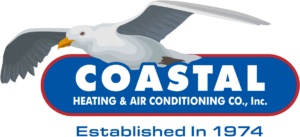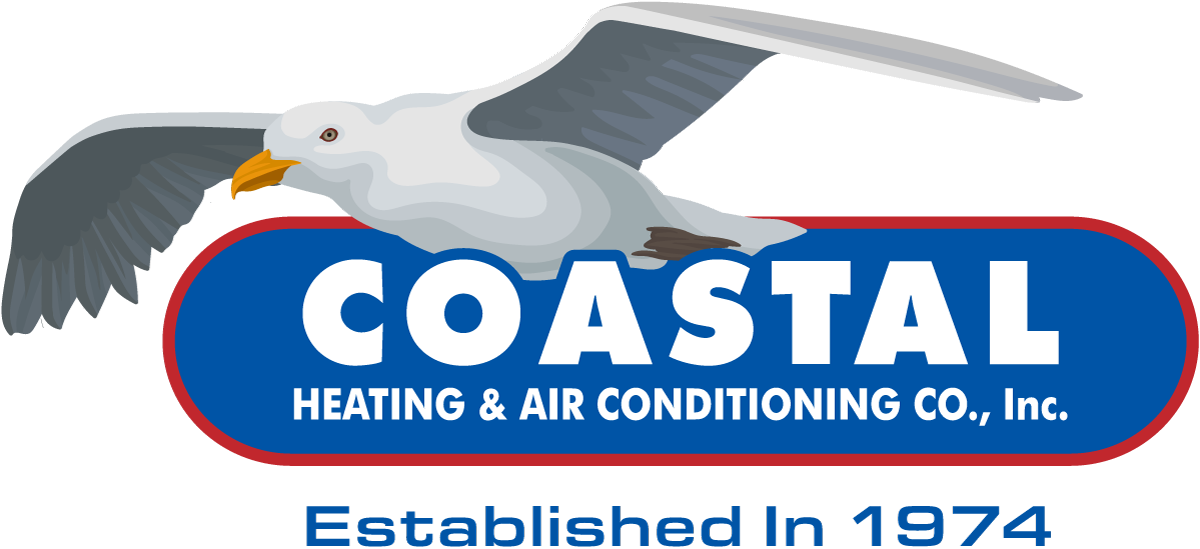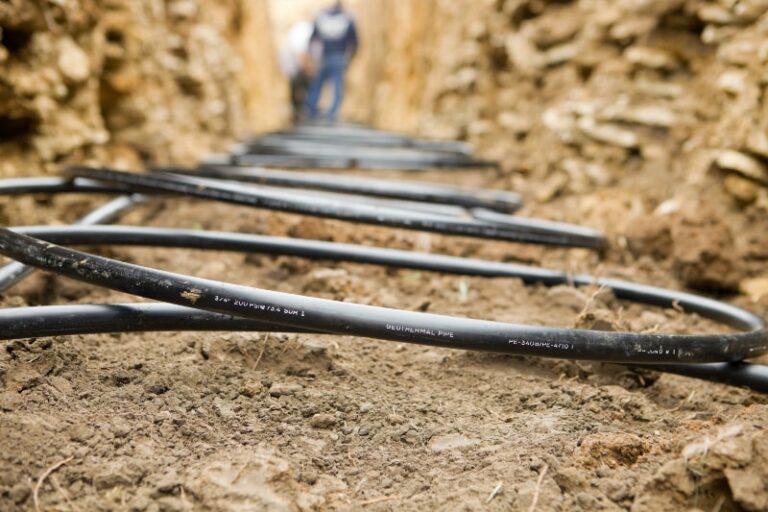In a time when cooling costs are higher than ever, you aren’t the only homeowner in search of a more cost-effective cooling solution. Advancements in technology have allowed for new and improved cooling solutions like geothermal HVAC systems. Read on to learn about these modern systems and why you should consider installing one in your Annapolis, MD, home.
How a Geothermal HVAC System Works
A geothermal HVAC system uses air from the Earth to cool your home. This is possible because, although temperatures may heat up outside, the temperature underground remains constant. By operating in this manner, the system relocates the cool air rather than creating it. This leads to a much more efficient way to cool your home.
The outdoor component of a geothermal HVAC unit installs under your home and extends many feet underground. It’s at this level and lower that the Earth’s temperature stays constant. A geothermal HVAC system works similar to a heat pumps in that it provides both heating and cooling functions to the home.
Types of Geothermal HVAC Systems
There are several types of geothermal systems. The type of system you would choose for your home depends on factors such as the environment around your property and how much available yard space you have. Geothermal HVAC systems are flexible when it comes to space. You don’t necessarily need a large yard to have one installed.
- Closed Loop: A closed-loop geothermal HVAC system consists of a pipe built underground with continuous loops. This pipe contains a substance similar to antifreeze that helps to move the cool air from the ground to the pipes. A closed-loop can be further divided into two categories.
- Horizontal Closed Loop: This is a type of closed-loop system used in yards with a significant amount of space. It involves digging trenches anywhere from four to six feet deep. The loops are laid horizontally underground. This method is the most inexpensive method to install a geothermal HVAC system.
- Vertical Closed Loop: This is another closed-loop system that’s better suited for smaller yards. The pipes loops are inserted into the ground as deep as 50 feet. This method is more expensive since it requires special equipment for extensive digging through Earth’s layers.
- Open Loop: An open-loop geothermal HVAC system connects to some source of groundwater like a well. It pumps the water to your heat pump for compressing, then the water is either returned to the original source or to some other area for water disposal. This type of geothermal HVAC system is less common and tends to be high maintenance.
- Pond/Lake: This geothermal HVAC system is a variation of an open-loop system. This type of system is the same as an open-loop except that it uses a pond or a lake instead of a well. As you can imagine, there are several local codes and ordinances that you must observe before installing this type of system.
Benefits of a Geothermal HVAC System
Homeowners can get plenty of benefits from geothermal HVAC systems. We’ll cover two of the main ones that are most significant. One of the biggest benefits, and subsequently the main benefit that convinces people to install a geothermal HVAC unit is the savings on your energy bill.
Geothermal HVAC units are incredibly efficient. Most traditional HVAC units are less than 100% efficient, but geothermal HVAC systems put out four units of cool air for every unit of energy used. That makes them 400% efficient!
Another benefit is a steady supply of hot water. If you connect the system to your water heater, you won’t have to worry about the hot water running out since geothermal systems are able to sustain heat flow.
Is a Geothermal HVAC System Right for You?
If a geothermal HVAC system sounds like the system you need in your home, you’ll need a trusted HVAC company to install it. Coastal Heating & Air Conditioning Co., Inc. has been serving Annapolis and the surrounding areas for decades. We can provide you with courteous and professional service for all of your HVAC summer needs.
Image provided by iStock



